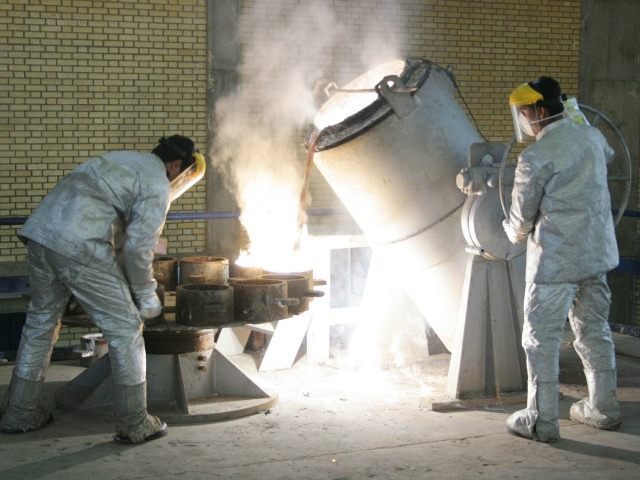The IAEA’s Board of Governors voted Tuesday to close the longstanding investigation into the past military dimensions (PMD) of Iran’s nuclear research, clearing the way for the Joint Comprehensive Plan of Action to move forward.
The UN nuclear watchdog issued a final report earlier this month which concludes “a range of activities relevant to the development of a nuclear explosive device were conducted in Iran prior to the end of 2003 as a coordinated effort, and some activities took place after 2003.”
The report states that Iran continued to do computer modeling related to nuclear weapons research between 2005 and 2009. However, the IAEA described these efforts as “incomplete and fragmented.”
Another outstanding issue which has ended without being clearly resolved is Iran’s nuclear research at Parchin. The IAEA says a large explosive firing chamber suitable for nuclear research was installed at Parchin. It notes the firing chamber is no longer in the building but adds, “Information available to the Agency, including the results of the analysis of the samples and the satellite images, does not support Iran’s statements on the purpose of the building.”
However, the IAEA does not reach any firm conclusion about Parchin because “The extensive activities undertaken by Iran since February 2012 at the particular location of interest to the Agency seriously undermined the Agency’s ability to conduct effective verification.” That’s a reference to heavy construction activities which took place at the site on several occasions.
In August, reports revealed the U.S. had satellite photos showing additional heavy construction work being done near Parchin. Iran claimed at the time that this was merely road work.
All of the weapons research conducted by Iran involved “feasibility and scientific studies,” which appear to have ended in 2009. The IAEA concludes there is no evidence “of the diversion of nuclear material.”
After the vote to approve the final report by the IAEA Board of Governors, Iran’s representative to the IAEA gave a speech in which he “categorically” rejected the “existence of organizational structure or coordinated effort before or after 2003 to develop nuclear explosive device by Iran.” In other words, even after the vote, Iran continued to proclaim its innocence.
Questions about the past military dimensions of Iran’s nuclear research were originally prompted by a collection of intelligence documents given to the IAEA in 2005 by member states. Those documents pointed to the existence of a coordinated Iranian nuclear weapons research program in the early 2000s.
Since being confronted with the documents by the IAEA in 2008, Iran has maintained it never undertook any such nuclear weapons research. Iran specifically claimed the documents showing otherwise were “forged” and “fabricated.”
Resolving outstanding questions about Iran’s past research was made a prerequisite for the dropping of economic sanctions against Iran in the Joint Comprehensive Plan of Action. The resolution adopted by the IAEA today means the JCPOA will now move forward.

COMMENTS
Please let us know if you're having issues with commenting.